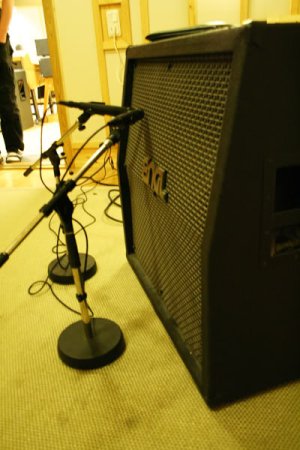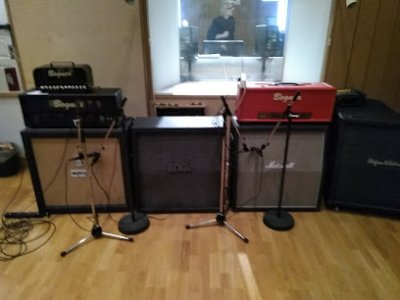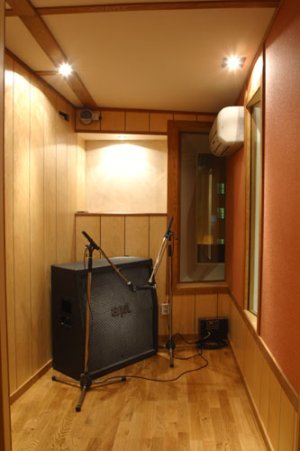James Freeman
Rock Star
- Messages
- 3,926
This is my method of recreating the Fredman micing technique with the new cab block in Helix 3.5.
Helix allows 0.02ms delay steps which is the smallest delay in 48kHz sampling rate (1/48000), speed of sound is 343 m/s at room temperature so each 0.02ms delay step translates to 6.86mm (0.27") distance in the real world.
A time delay resolution of 0.02ms combined with the tiny non-linear phase delay created by the High Cut is precise enough to simulate any real world micro delay created between two mics as you will see in the video.
For the Fredman technique I use 0.06ms delay and adjust the High Cut to precisely control the notch frequency, the phase between the mics and volume mix are the two important factors, mic angle is not that critical.
I don't think people fully realize yet how incredibly versatile the new cab block is.
Helix allows 0.02ms delay steps which is the smallest delay in 48kHz sampling rate (1/48000), speed of sound is 343 m/s at room temperature so each 0.02ms delay step translates to 6.86mm (0.27") distance in the real world.
A time delay resolution of 0.02ms combined with the tiny non-linear phase delay created by the High Cut is precise enough to simulate any real world micro delay created between two mics as you will see in the video.
For the Fredman technique I use 0.06ms delay and adjust the High Cut to precisely control the notch frequency, the phase between the mics and volume mix are the two important factors, mic angle is not that critical.
I don't think people fully realize yet how incredibly versatile the new cab block is.
Last edited:



